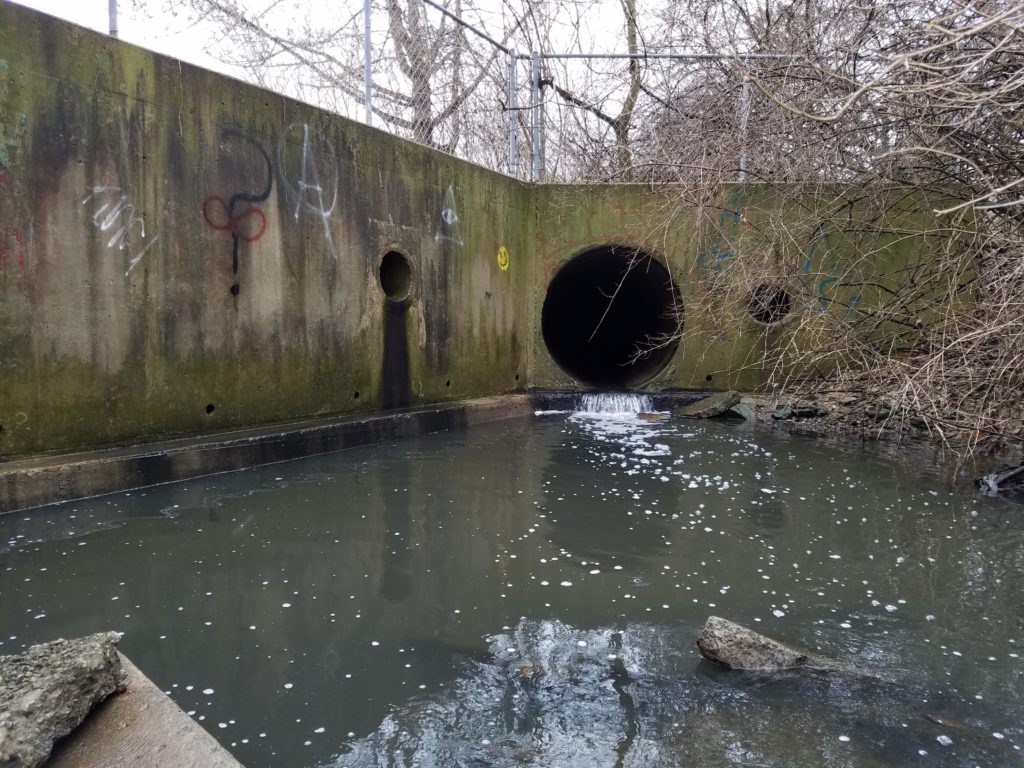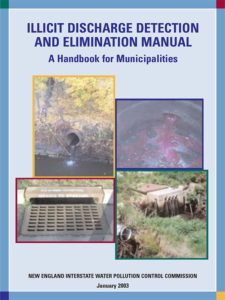Stormwater finds its way into surface water via two main pathways: storm sewers and runoff. It can pick up pollution from a variety of sources such as oil in parking lots, sediment from construction sites, bacteria from failing septic systems, and fertilizers and pesticides from farmlands.

The National Pollutant Discharge Elimination System (NPDES) Stormwater Program Phase I requires permit coverage for stormwater discharges from construction sites greater than five acres, ten different categories of industrial activities, and municipal separate storm sewer systems (MS4s) serving populations of 100,000 or more.
Phase II requires permit coverage for construction activities on 1-5 acre sites, additional industrial facilities, and small MS4s that are located in urbanized areas.
Stormwater Workgroup
NEIWPCC’s Stormwater Workgroup connects states and EPA staff to help implement these complex requirements by providing an opportunity to share information on permit development and implementation. For more information, contact Devon Case.

One project initiated by the Stormwater Workgroup was NEIWPCC’s Illicit Discharge Detection and Elimination (IDDE) Manual, which provides an overview and useful tools to aid operators of regulated small MS4s with compliance.
Illicit discharges are non-stormwater discharges into MS4s, for example from a home’s sanitary wastewater pipe that has been connected to the storm sewer system. Detection and elimination of these discharges is one of the six mandatory pollution control measures required of operators of regulated small MS4s by EPA’s Phase II stormwater regulations.
Additional Resources
- Water Environment Research Foundation (WERF) Stormwater Research
- UNH Stormwater Center
- International Stormwater Best Management Practices (BMP) Database
- EPA NPDES Stormwater Program
- EPA New England Stormwater Information
- Center for Watershed Protection
- Low Impact Development (LID) Center
- Connecticut DEEP Stormwater Management
- Maine DEP Bureau of Land & Water Quality Stormwater Program
- Massachusetts DEP Stormwater Program
- New Hampshire DES Stormwater Program
- New York State DEC Stormwater Information
- Rhode Island DEM Office of Water Resources Stormwater Program
- Vermont DEC Water Quality Division Stormwater Section
